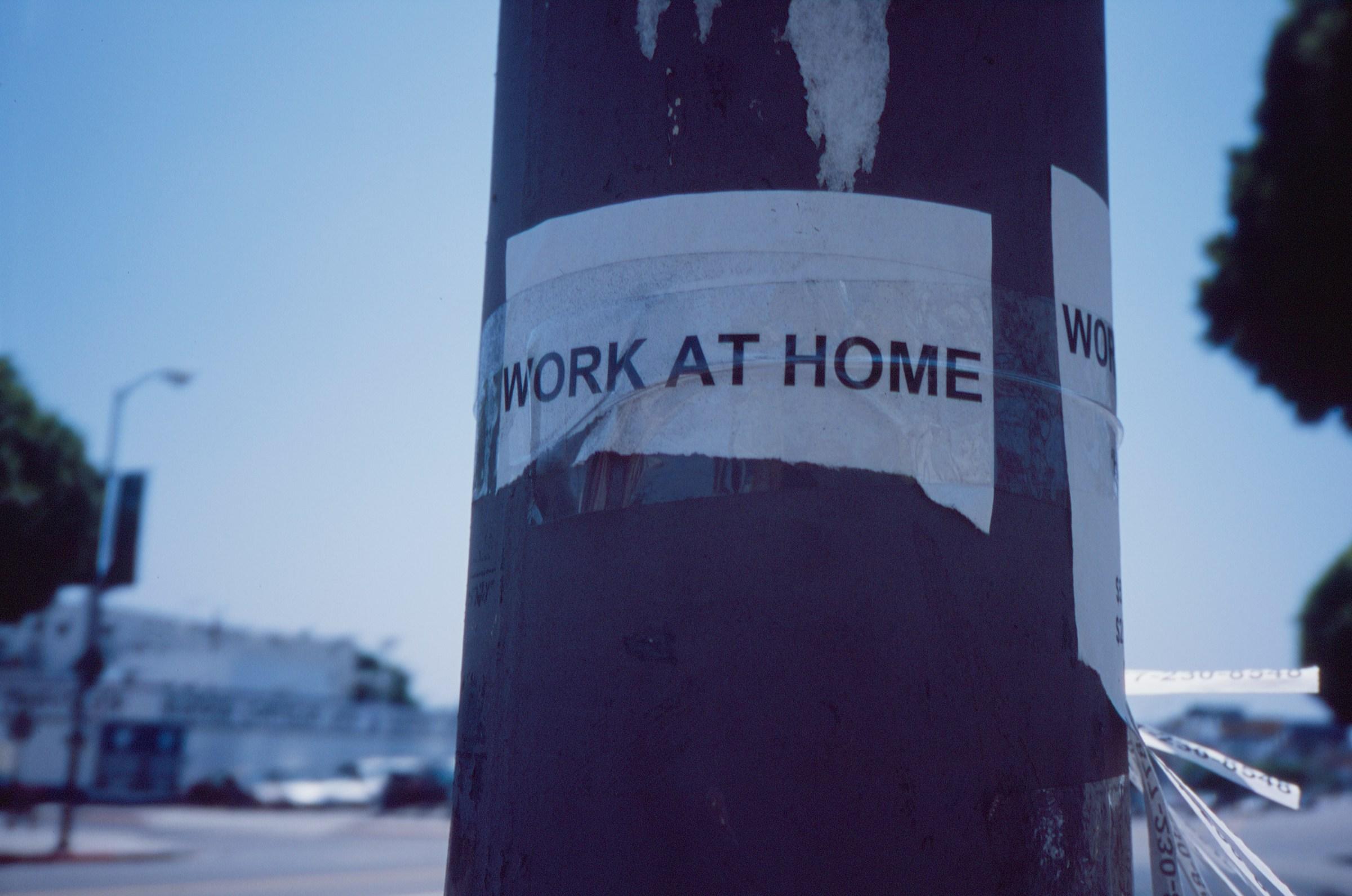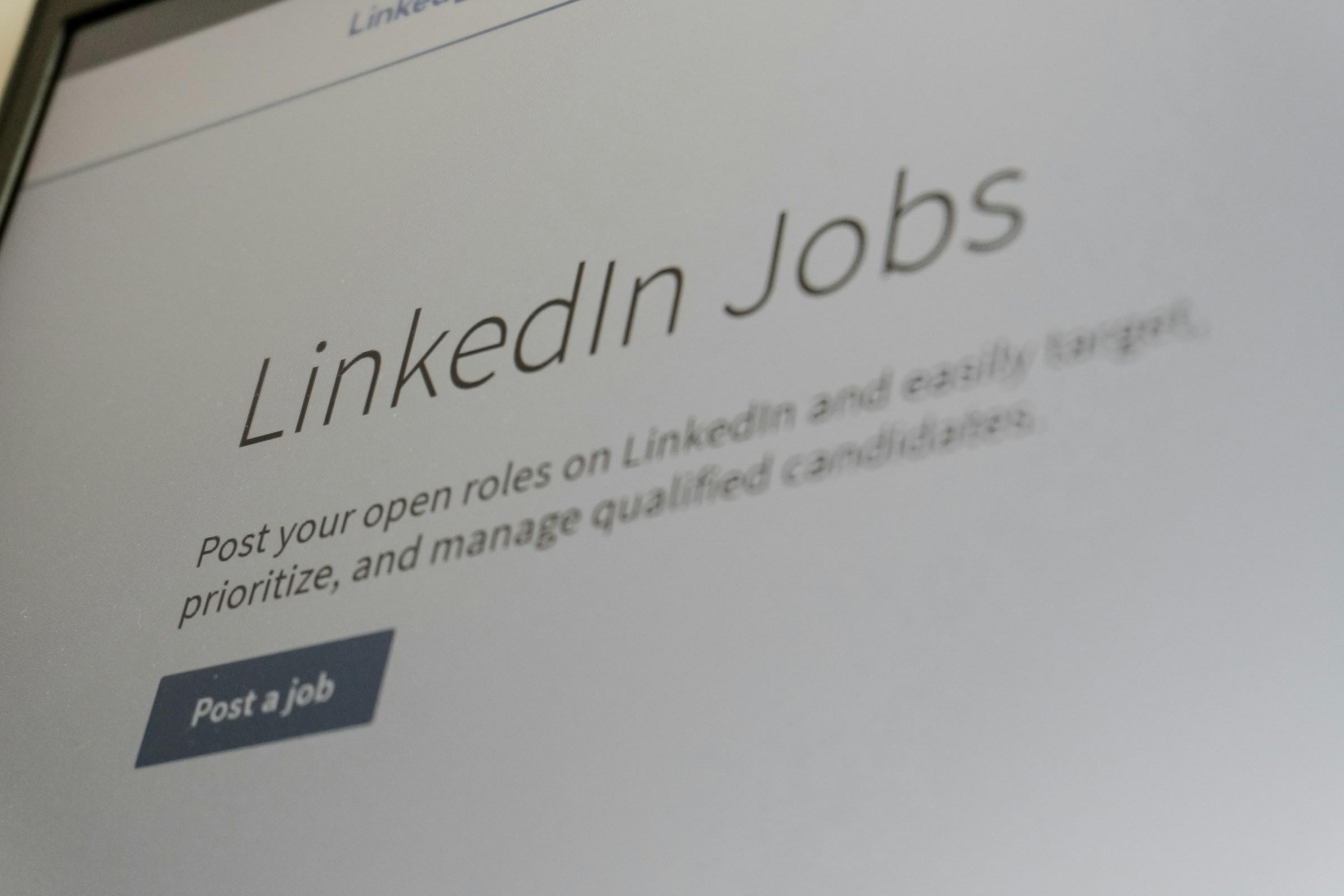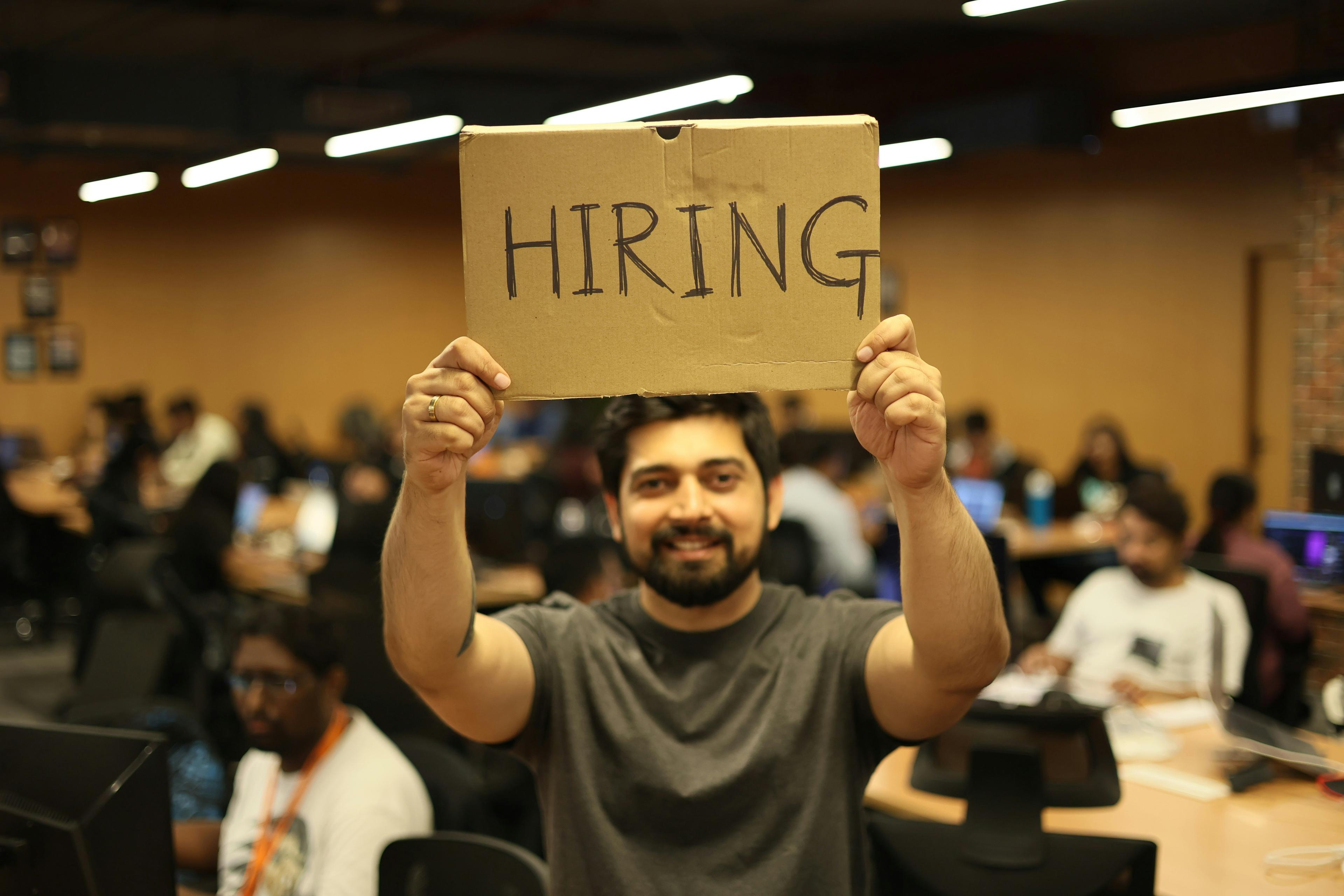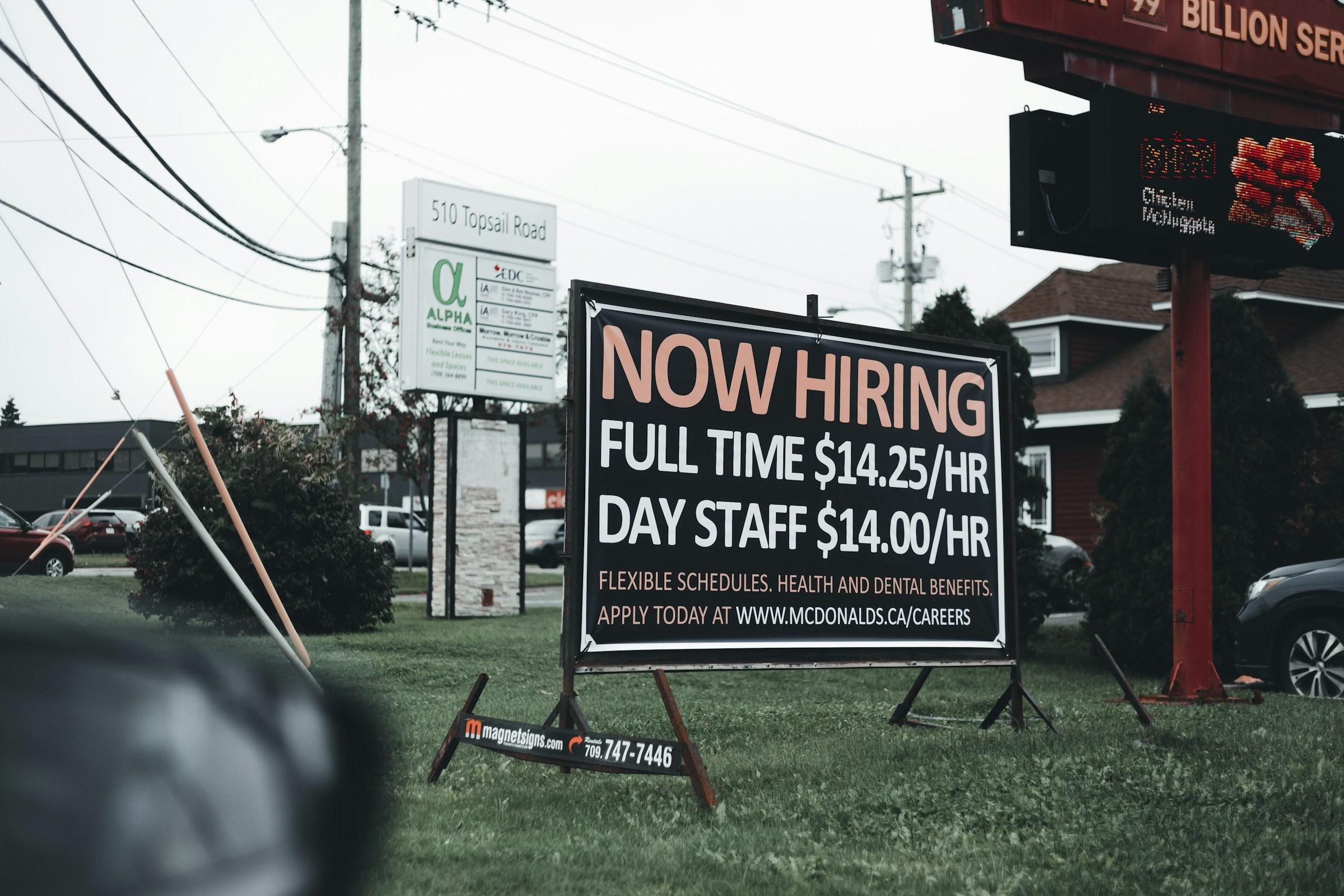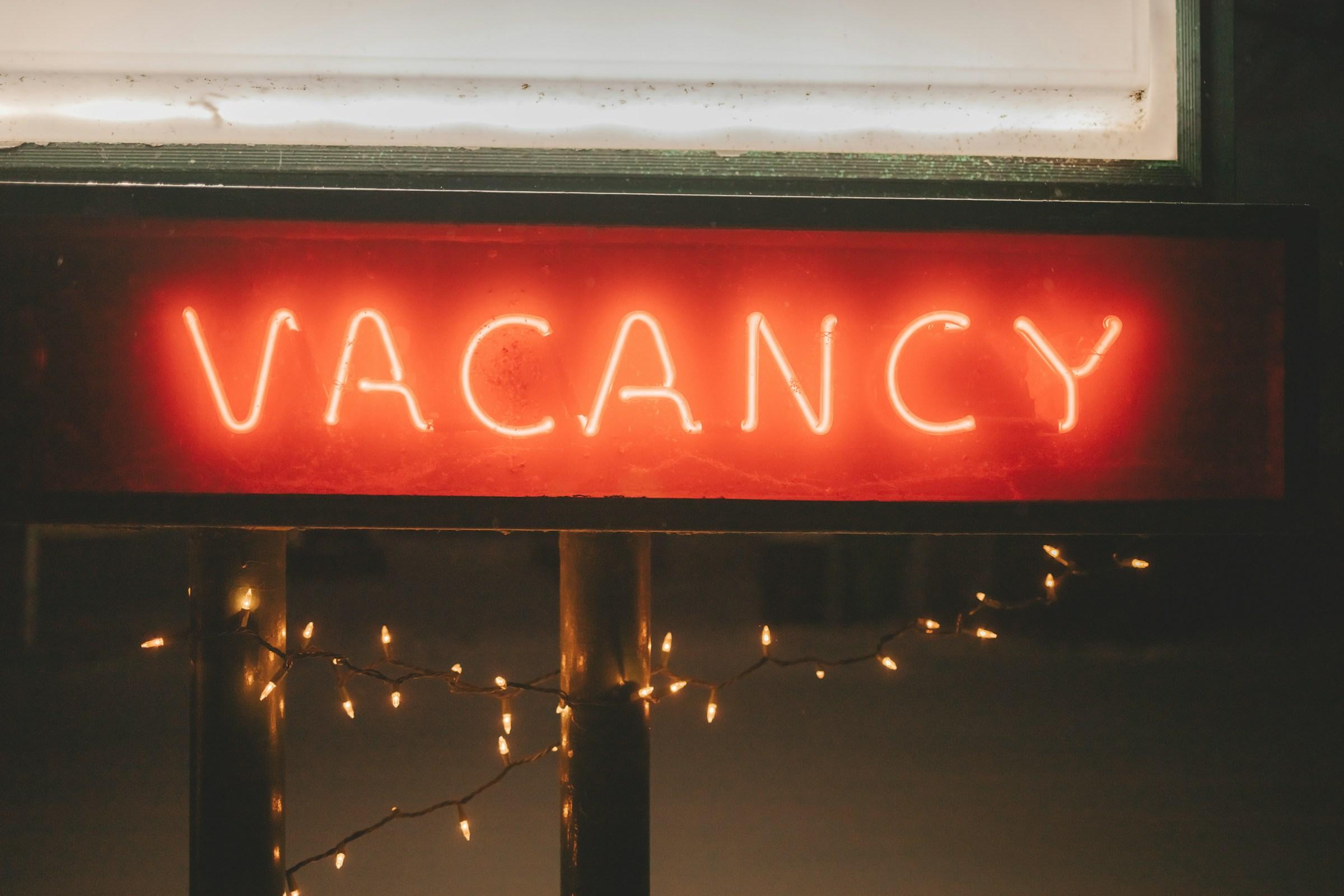There is a point in every career when hard work stops compounding and starts eroding value. Many professionals only recognise it in hindsight, after a misstep that should have been routine. By that stage the reputational cost has already landed. The wiser move is to read the early signals and take time off before performance degrades in ways that clients and colleagues cannot ignore. This is not about wellness theatre or performative self care. It is about protecting the two assets your career depends on most, your energy and your judgment.
The first signal appears as decision fatigue that surfaces through small avoidable errors. You recheck an email thread several times and still forget the attachment, then spend an hour repairing the confusion. You default to a familiar vendor even when the numbers argue for a change. None of this reflects a lack of intelligence. It reflects depleted executive function. In boardrooms and project stand ups, leaders often label this as temporary noise. It rarely is. When small errors begin to cluster, they are telling you that your cognitive buffer is spent and your margin for quality is thinning.
A second signal hides behind the appearance of productivity. Your calendar is full and your inbox response time looks impressive, yet the work that requires depth stalls for days. Fast yeses and swift status updates feel like momentum. In reality they are a hedge against the discomfort of focus when your mental bandwidth is already overdrawn. If your most valuable tasks repeatedly slip to tomorrow without a clear external blocker, you do not have a tool problem or a planning problem. You have a capacity problem that time off can fix better than any new app.
A third signal shows up in how you handle friction. Tired operators interpret difference as threat rather than as data. Tone sharpens in feedback. Patience thins in negotiations. Minor disagreements swell into persistent irritants. In hybrid teams these frictions often hide in polite emails and messaging threads until they appear later in performance reviews. In office heavy cultures the strain plays out in meeting rooms and lingers after the project ends. Either way, exhaustion shifts collaboration into attrition and slowly burns social capital you will need for future work.
A fourth signal is a creativity drought. You once offered three viable approaches in a single meeting. Now you struggle to propose one and rely on precedent even when the context demands an original path. The market has shifted, but your playbook has not. Leaders sometimes misread this as caution. It is usually a resourcing problem. Fresh thinking needs rest and distance. When you cannot step back, you repeat yourself and call it experience.
A fifth signal is the collapse of returns on overtime. Extra hours used to fix things. Now they simply extend the day without moving the needle. If twelve hours produces the same outcome as nine, you are not gaining ground. You are subsidising inefficiency with time. That is unsustainable, and over weeks it becomes a reputational risk because your presence turns into a crutch for a system that no longer works at speed without you leaning on it.
A sixth signal is avoidance of visibility. You skip optional forums, decline panels, and delay stakeholder updates because you feel underprepared even for topics you know well. That is not modesty. It is a sign that your confidence engine is running on fumes. Visibility is a currency. If tiredness shrinks your surface area inside the organisation and in the market, your influence shrinks with it, and rebuilding that surface area takes longer than reclaiming a few hours of sleep.
A seventh signal is value drift. Work that once felt meaningful now registers as administrative noise. You struggle to connect tasks to purpose. The story you tell yourself about your role no longer fits the calendar you keep. Over a few weeks you can brute force past that feeling. Over a quarter or two, drift becomes disengagement. Teams notice. Clients notice. You notice most when you begin to envy peers for work you could do easily but no longer want to attempt. Time off here is not indulgence. It is a recalibration tool that helps you realign daily effort with the reasons you chose this career in the first place.
Some signs look operational but are deeply personal. Sleep collapses into light, fragmented cycles. Coffee becomes a requirement for clarity and sugar becomes a lever for momentum. Workouts drop because you plan to catch up on the weekend, then the weekend arrives and you cannot. This is not a lifestyle critique. It is a leading indicator that your body and your calendar are misaligned. The result is predictable. Your thinking narrows, your patience thins, and over time your decision quality falls.
Context matters as well. In cities where hybrid work is the norm, the risk is quiet overload. Absence is harder to spot and online presence can disguise depletion. In places where teams are mostly back in the office, the risk is performative endurance. People stay late because the room stays late, not because the work requires it. Both environments produce the same outcome. People delay time off because the cues to step back are weak or socially costly. The question is not whether you deserve a break. The question is what not taking one will cost your reputation, your team, and your clients.
Time off resets three things that no tool can fix when you are depleted. First, it restores executive function. With proper rest, error rates fall and decision speed rises without a compensating increase in corrections. Second, it repairs narrative. Distance lets you revisit the story you tell about your work and decide whether your daily actions match your stated priorities. Third, it recalibrates pace. You return with a more accurate sense of what actually moves outcomes and what is activity theatre.
Some leaders worry that stepping away signals fragility. In practice, the opposite is often true. People who schedule their recovery signal command over pace and priorities. Teams trust leaders who are predictable more than they admire leaders who are constantly available. Colleagues notice when your requests are thoughtful and your meetings finish early because you are fresh. Clients notice when your judgment is not just fast but consistently correct.
There is a practical way to evaluate whether you need time off without turning your life into a checklist. Track three weeks of work for signal density. If you exceed a couple of avoidable errors per week on routine tasks, you are in the danger zone. If deep work blocks are repeatedly rescheduled more than twice, your buffer is gone. If you observe rising friction across otherwise neutral interactions, you are approaching reputational risk. Any one of these is sufficient reason to schedule time off. All three are a directive.
What you do with that time determines the return. A high quality break is not a secret project carried into a different location. It is a genuine pause in output, a reset of inputs, and a deliberate plan for re entry. The best returns usually come from short, complete disconnections rather than long partial ones. A week with no inbox access is better than a month of daily checks. Set expectations clearly with stakeholders. Protect the boundary you set. Use the distance to audit your work architecture. Identify what you should stop owning. Decide what is overdue for delegation. Choose rituals that restore your pace without inflating your hours.
Re entry is an opportunity to redesign. In hybrid setups, phase back in with concentrated deep work days at home and stakeholder days in the office. In office heavy cultures, negotiate a first week focused on priority decisions and resets rather than full calendar saturation. Do not return to the same pattern that produced the strain and expect a different result. The redesign is the point, not a perk you add if time permits.
There is a final, quieter signal that many ignore. You lose curiosity. Not about the sector or the market, but about people. Colleagues become tasks. Clients become slots. When that happens, influence contracts because influence is built on attention. Time off is not just for rest. It is for renewing the attention that makes leadership possible and relationships durable.
If you recognise yourself in these patterns, act before a crisis forces the decision. Book the days, communicate clearly, close loops that must be closed, and leave the rest. When you return, adjust scope to match reality rather than resume theatre. The professionals who sustain long careers are not the ones who never pause. They are the ones who know when to invest in the system that produces their best work and who have the discipline to protect it.




